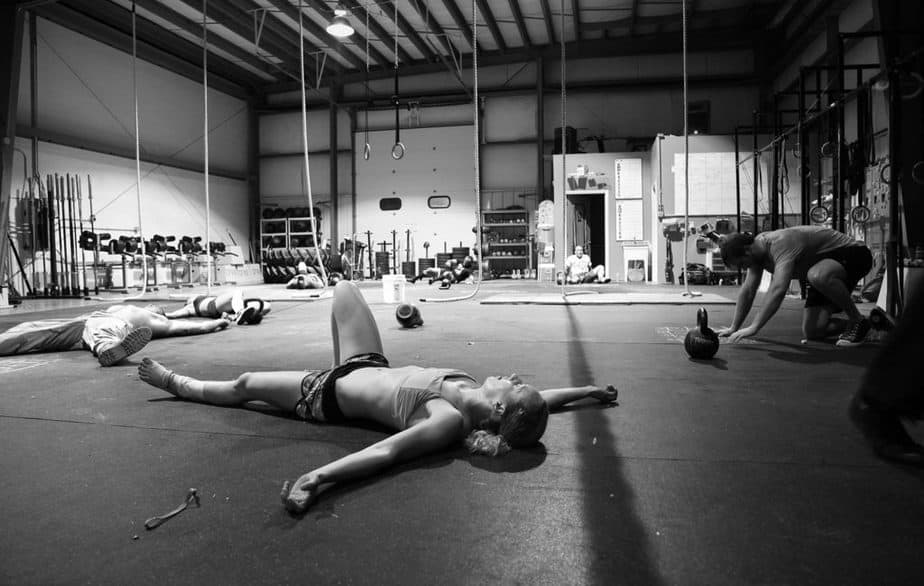
When it comes to training, there’s good pain and bad pain.
Good pain is that sweetly fatigued feeling you get the next day when you know you’ve had a real workout and your muscles feel sore. It’s like a dull ache and sensitive to touch.
Bad pain, on the other hand, is something entirely different. It’s sharp, affects your range of motion and, in many cases, prevents you from training effectively altogether.
Aches and pains are incredibly common after training. But it is critical to work out whether the pain you’re experiencing is just part of your body’s adaptation process or a real injury. Training damaged tissue can cause further problems down the line.
Good Pain
Good pain usually happens around 24 to 48 hours after you finish your training session at the gym. Muscles that you trained feel tender to the touch because of tiny tears in fibers themselves. These tears encourage the body to send the tissue nutrients that it requires to build itself back, bigger and stronger than before.
Sometimes, researchers call this phenomenon DOMS – or delayed-onset muscle soreness. Many times, DOMS is mild, meaning that it doesn’t affect your ability to move normally. However, if you train too hard, too soon, it can be debilitating. You may struggle, for instance, to run, jump or even stand up. Even so, severe DOMS is not usually a major cause for concern. After a few days, it will die down and your muscles will become functional again, so long as you haven’t torn any tissue.
If you are finding it painful to move around, you can order medication. Vendors, such as Simple Online Pharmacy, stock non-steroidal anti-inflammatory drugs that help to bring inflammation down and blunt pain. Ibuprofen, for instance, is an example of such a medication.
Bad Pain
There is, of course, bad pain – and this is very different. Bad pain usually occurs during training. It tends to be more acute – rather than dull – and you don’t feel sweetly fatigued. Instead, you try your best to avoid moving in ways that might cause the pain to return.
Bad pain exists for a reason – it’s there to encourage you not to use your body in certain ways while it heals. If you notice that you can’t move in a certain direction or that bending over hurts, it is a sure sign that you have a bad pain issue.
Why Do So Many People Get Aches And Pains After Training?
So now that we’ve discussed the different types of pain, it’s time to turn our attention to why some gym-goers get aches and pains in the first place.
There are actually many causes. The most obvious is bad form. People who train incorrectly put undue strain on their muscles and joints which, over time can lead to damage. Form tends to be worse on the bigger movements, such as squats and deadlifts, than on the smaller ones, such as bicep curls. Repeatedly engaging in a movement with poor form leads to structural changes in the body which can then lead to injury. Some people also develop unbalanced physiques which then lead to pain later on.
Going too heavy is another common source of aches and pains. Many people who are new to the gym believe that they are going to train their muscles – and only their muscles. But that’s not how the body works. Instead, every tissue must work together – bones and tendons included.
Muscles can begin growing in size within a matter of weeks. However, bones and tendons take much longer to strengthen – often a year or more. Thus, if you go too heavy, too soon, you don’t give them sufficient time to catch up. They may fail before the muscle does, leading to serious injury.
Going too heavy is bad for another reason: it can damage the fascia. The fascia, for those of you who don’t know, is like a protective sheath that sits over the top of muscles and protects them from harm. It’s almost like a bag, keeping them nice and lubricated.
However, if you go too heavy without allowing time for the fascia to expand, you can wind up with issues with the muscles in deep parts of the body. The trick to sustained bodybuilding success, therefore, is to slowly increase your weight, perhaps by a pound a month, instead of trying to get to 250lbs and shredded in a few weeks.
For the most part, aches and pains are avoidable. If you’re having trouble with injuries, speak to your physio.






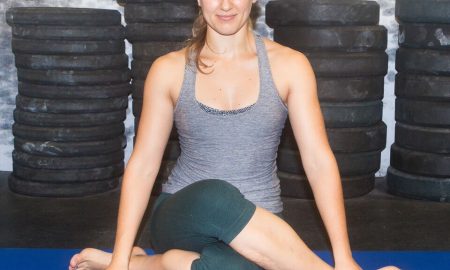


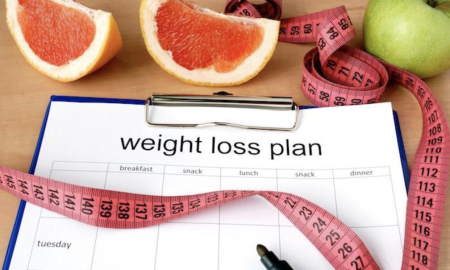
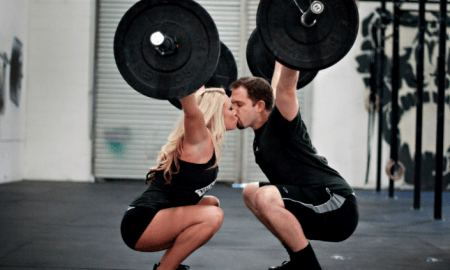

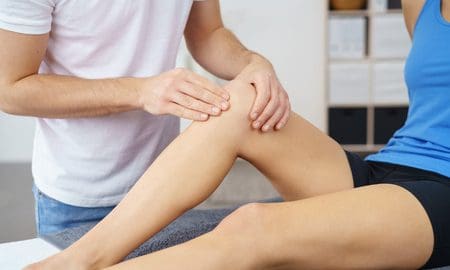
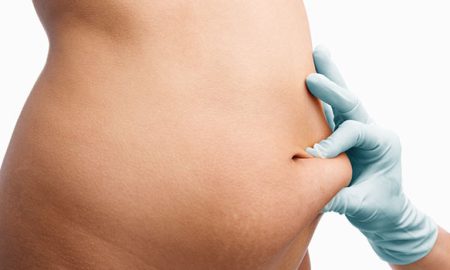

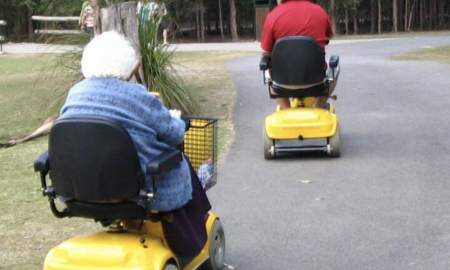


Follow Us